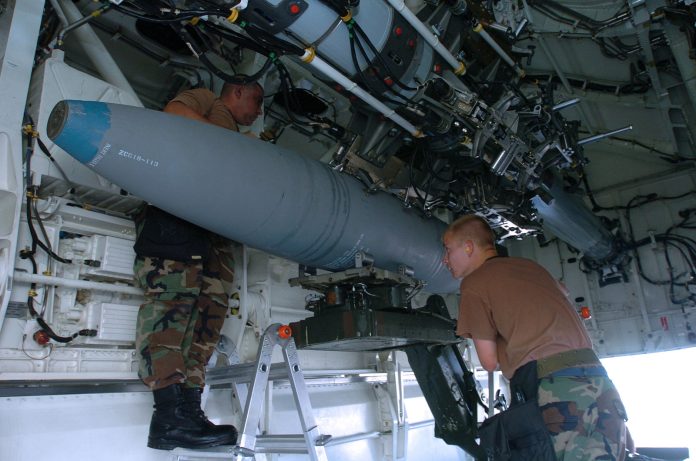
While the NGAD, Tempest, and F/A-XX are currently grabbing headlines as 6th generation fighters, some defense circles are already contemplating the prospect of a 7th generation fighter.
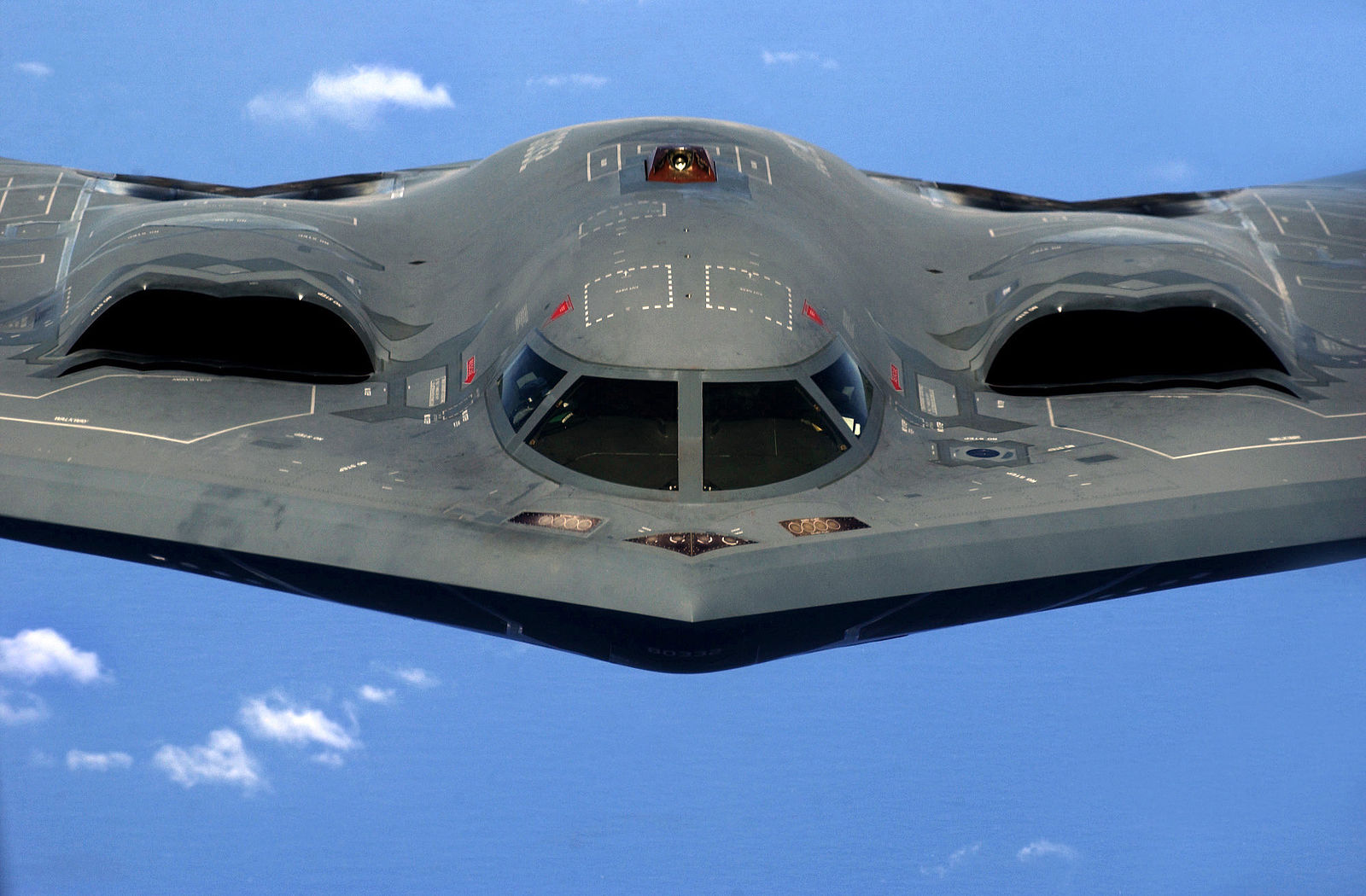
The concept of a seventh generation fighter remains speculative and vague, with experts proposing it could encompass even more cutting-edge technologies, potentially culminating in fully autonomous, unmanned combat systems.

However, any shift towards a seventh generation would necessitate thorough consideration of ethical, moral, and legal ramifications, alongside grappling with technological hurdles and possibly requiring international collaboration due to the exorbitant development costs involved.

The future is perpetually looming, promising continual innovation. Progress may come incrementally at times, while at others, it could bring monumental advancements.

In the realm of military hardware, innovation tends to be iterative, building upon established successes and tested features rather than catalyzing revolutionary shifts that could veer designers in entirely new directions.

The B-21 Raider, currently under development, epitomizes this trend. It largely draws from the triumphs of its predecessor, the B-2 Spirit, boasting a similar flying wing configuration. Similarly, the majority of sixth-generation fighter concepts have leveraged the strengths of fifth-generation aircraft and pushed them to new heights.
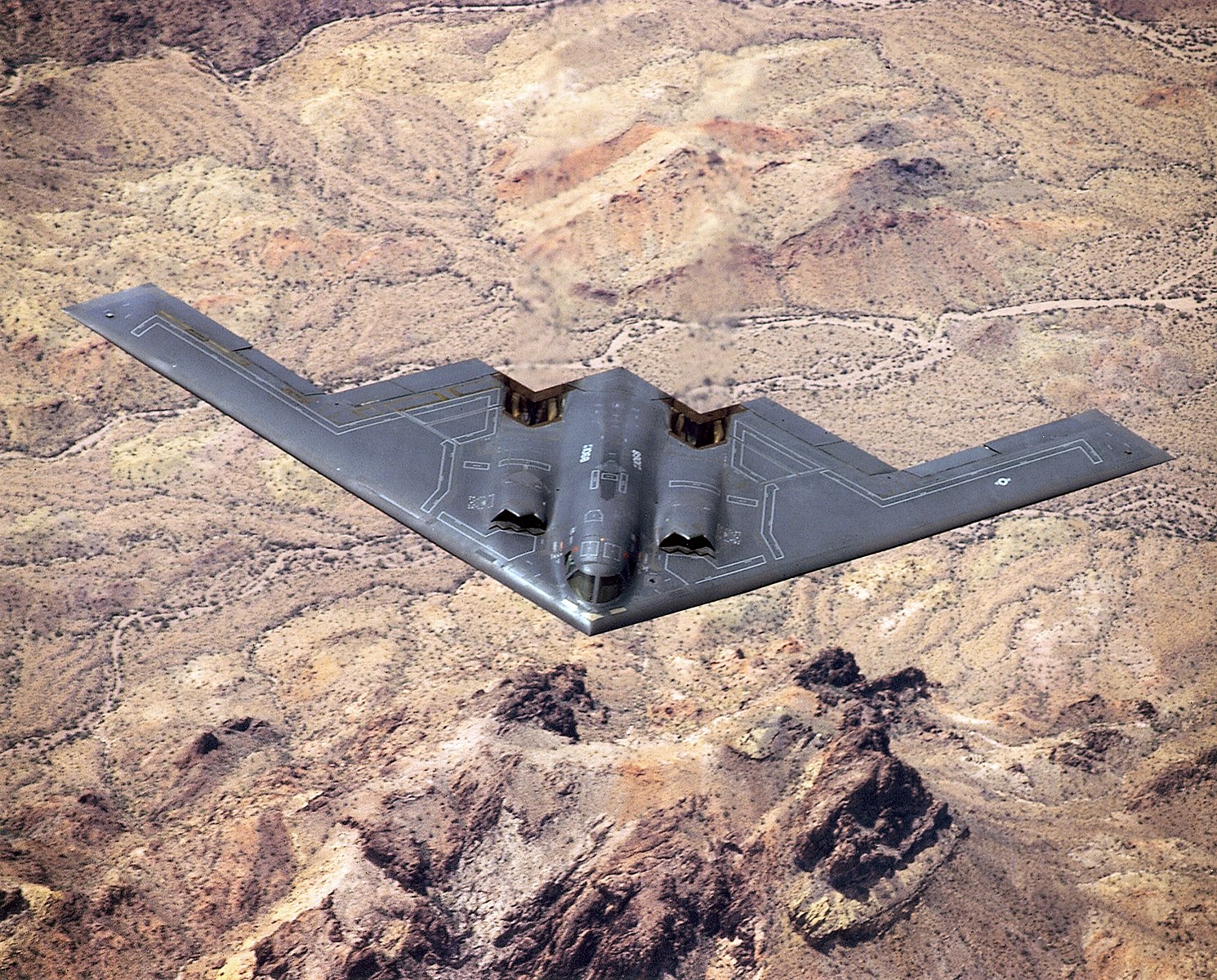
The question arises: what lies beyond the current prototype stage for the “next-generation”? Even aviation experts can only speculate on what might come next. Gareth Jennings, aviation editor at Janes, expressed, “To be honest, I’ve not really heard anyone even mention 7th generation,” in a conversation happened months ago.
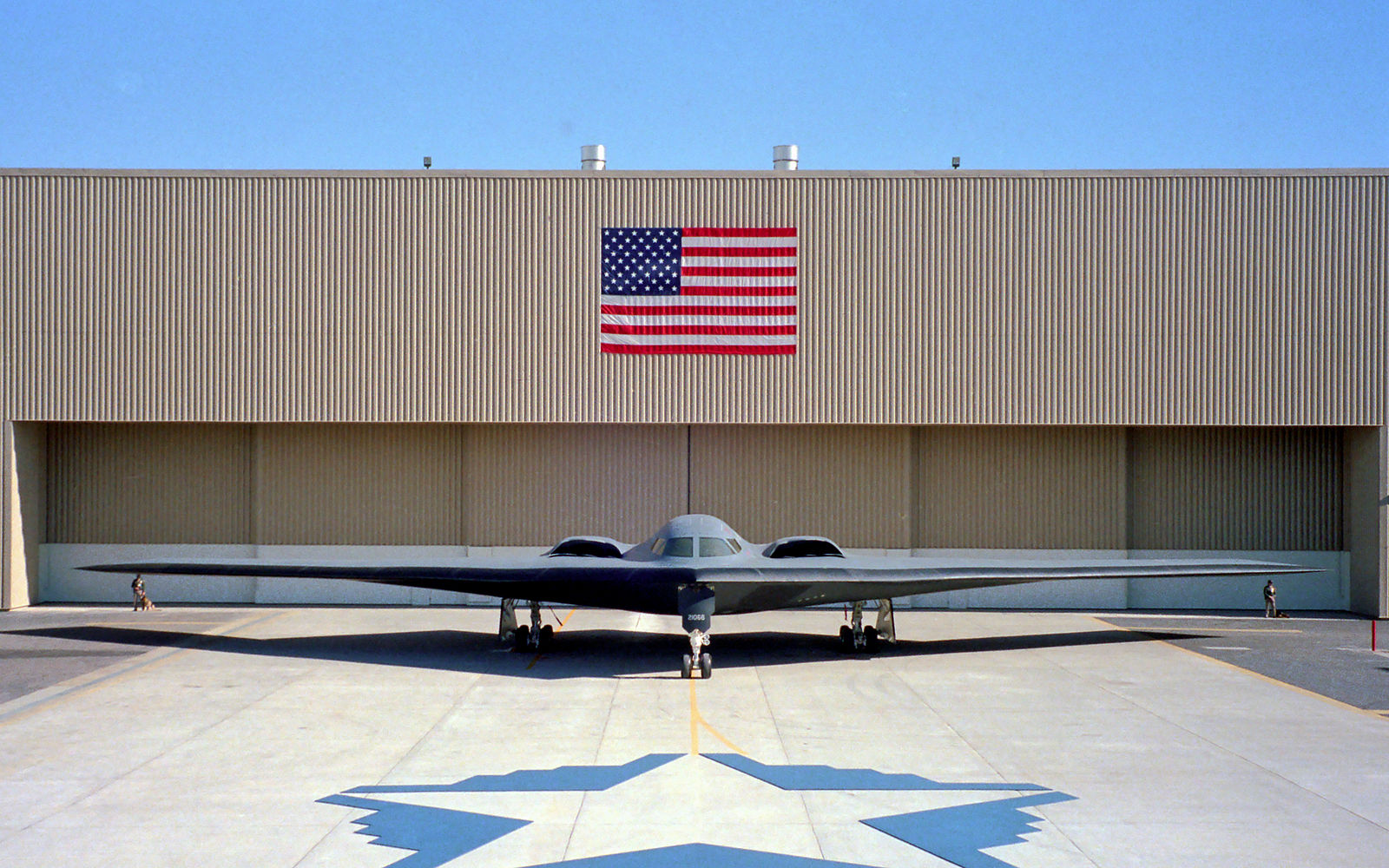
“Most ‘Tier 2’ nations that are building aircraft – Turkey, South Korea, etc. – are building their own fifth-generation jets, while Tier 1 nations (US, UK [and partners], France [and partners]) are looking at sixth generation. 7th Generation isn’t really ‘a thing’ as yet,” Jennings clarified. “That said; it is possible to look at the progression of previous generations and extrapolate that forward to take an educated stab at what might be features in a 7th generation jet.”

Jennings noted that the classification of aircraft into generations is not absolute and has evolved over time. “It’s important to first note that ‘generations’ don’t really exist – they have only come into being as a way of classifying aircraft since Lockheed Martin used the term ‘fifth-generation’ to describe its F-35, and all older aircraft were kind of backfilled into what previous generation they were determined to best fit – so the F-4 became a third-generation aircraft, and the Eurofighter a fourth generation aircraft, etc.,” he explained. “Lockheed Martin will readily admit that it was a marketing gimmick to make their product stand out, but it has stuck and is now in widespread use.”

Jennings suggests that each new aircraft generation builds upon the key performance attributes of its predecessors while introducing new advancements.
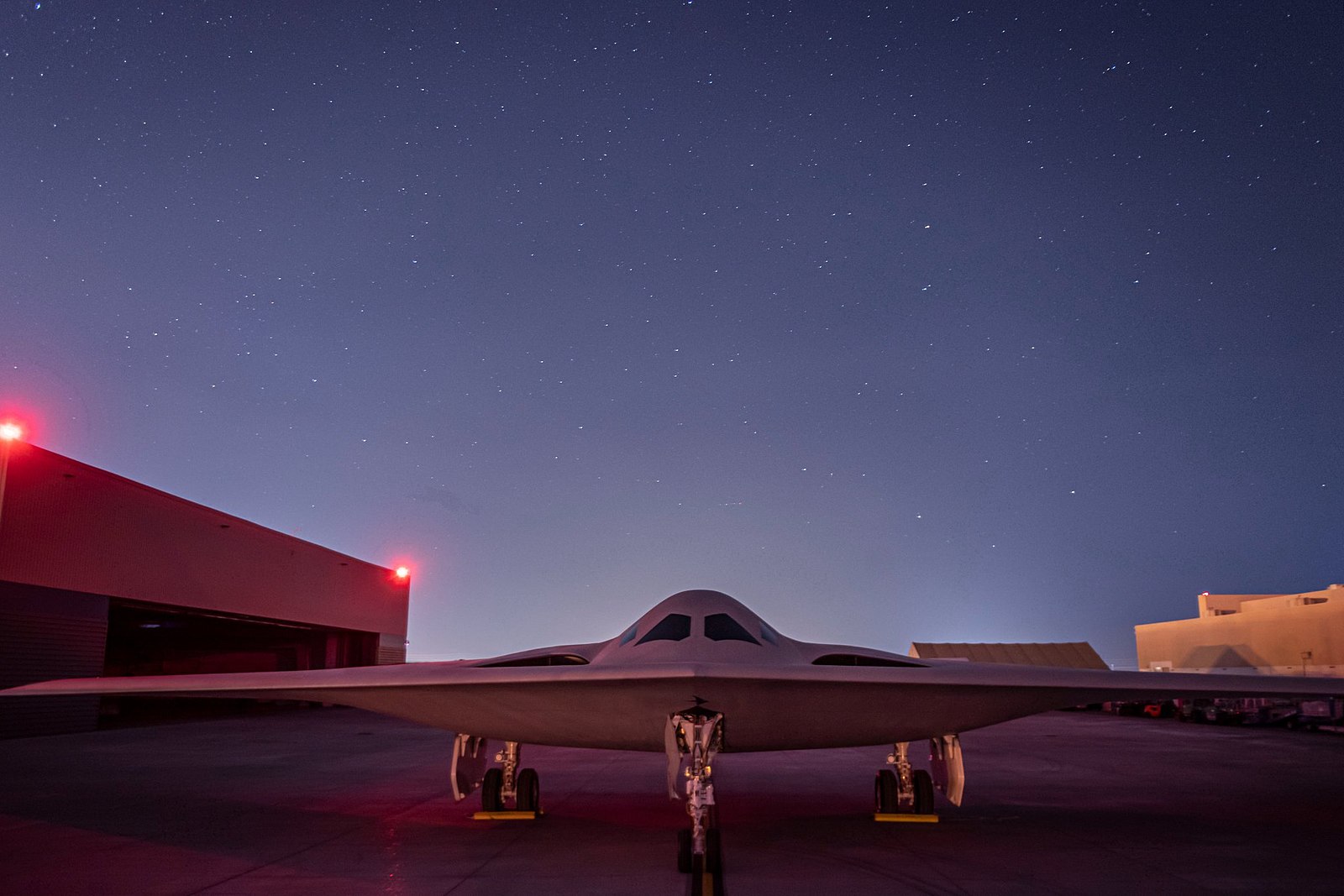
For instance, the third-generation F-4 Phantom maintained supersonic speed, a defining feature of previous generations, while integrating advanced mission computing and guided missiles.

Moving forward, fourth-generation aircraft introduced fly-by-wire technology and advanced avionics, and fifth-generation aircraft further enhanced capabilities with stealth, sensor fusion, and supercruise, according to Jennings.

Looking ahead to the sixth-generation, Jennings outlines a range of potential advancements, including flexible payloads, adaptable airframes, long-range sensing, and advanced materials, among others. Additionally, he emphasizes the importance of affordability and futuristic manufacturing processes in the design of sixth-generation aircraft.

Furthermore, it’s noteworthy how aircraft have continuously evolved over the past 80 years, unlike other military equipment such as the M1 Abrams tank, which remains a “third-generation” MBT in service with the US military.
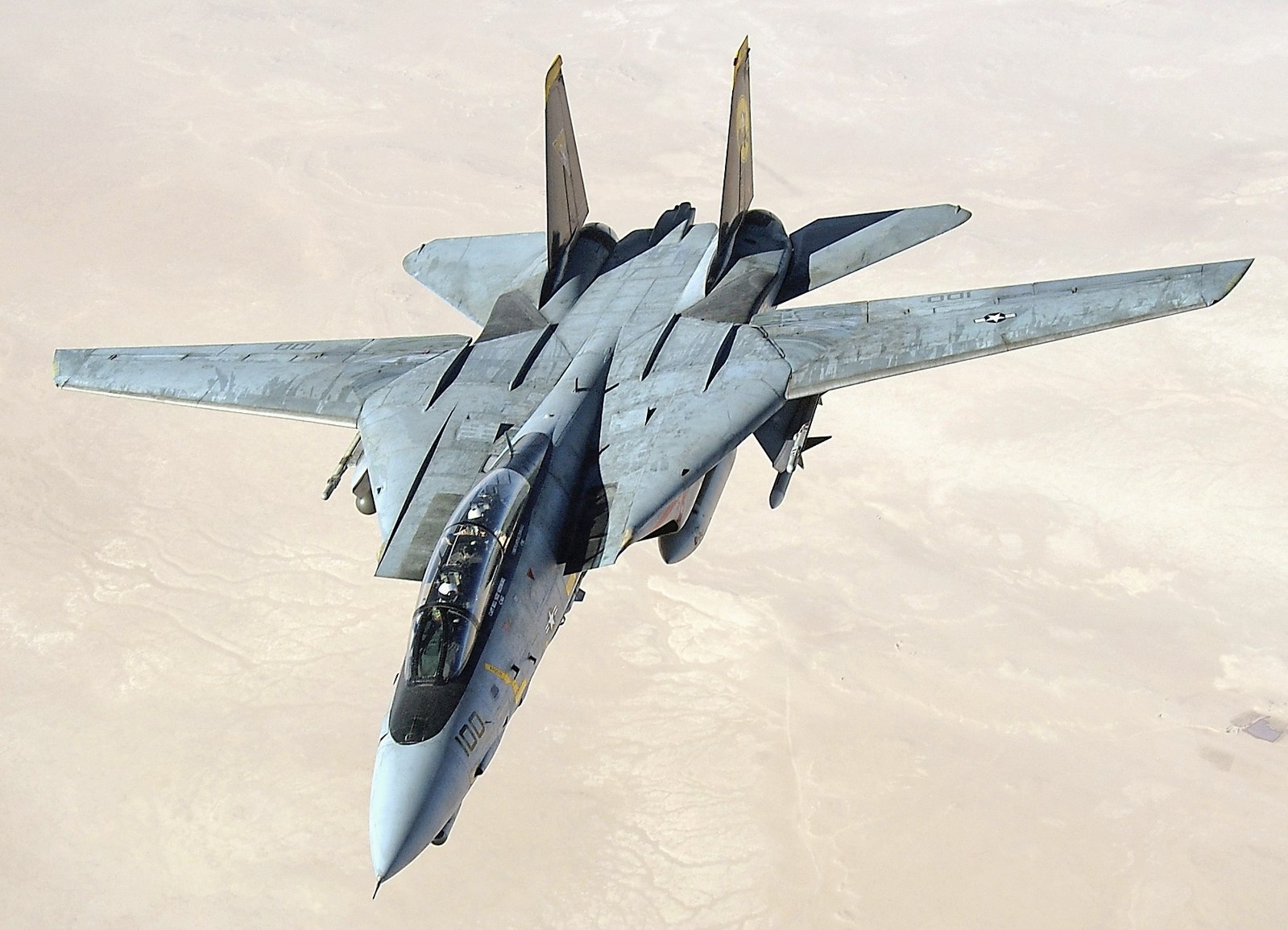
However, it’s crucial to consider that the M1 Abrams represented a revolutionary leap forward rather than an evolutionary one, possibly reaching a peak of armored perfection until new technologies emerge.
Relevant articles:
– gen fighter? BAE has thoughts on what that could look like., Breaking Defense
– Forget NGAD: What a 7th Generation Fighter Could Be Like, The National Interest
– 22 Osprey operating with ‘limited envelope,’ required to stay near airfields, Breaking Defense
– A mind-reading combat jet for the future, BBC
